
What is Data Wrangling? Key Steps & Benefits
Jan 30, 2025 5 Min Read 2337 Views
(Last Updated)
In today’s digital era, the amount of data generated is colossal, making data wrangling an essential process for businesses and researchers alike. At its core, data wrangling, also known as data cleaning or data munging, involves transforming and mapping raw data into a more accessible and interpretable format, ready for further analysis or visualization.
This process is crucial as it paves the way for more accurate and insightful data analysis, thereby driving decision-making and strategic planning. What is data wrangling, you might wonder? It’s a preliminary but pivotal step in the data analysis workflow, ensuring the data you work with is clean, structured, and ready for exploration.
This article will guide you through the fundamental steps in data wrangling, from initial data collection and cleaning to data structuring and data visualization.
Table of contents
- Understanding Data Wrangling
- What is Data Wrangling?
- Importance of Data Wrangling
- Differences from Data Cleaning
- Fundamental Steps in Data Wrangling
- Step 1: Understanding Data Sources
- Step 2: Data Cleaning
- Step 3: Data Transformation
- Step 4: Handling Missing Data
- Step 5: Feature Engineering
- Step 6: Data Validation and Quality Assurance
- Benefits of Proper Data Wrangling
- Improved Data Quality
- Boosting Data Usability
- Driving Business Insights
- Enhancing Data Integration
- Time-Saving
- Data Wrangling in Practice
- Real-World Examples
- Industry Applications
- Takeaways...
- FAQs
- What are the steps of data wrangling?
- Which task is part of the data publishing step of the data wrangling process?
- What is the difference between data mining and data wrangling?
- What are the steps in data cleaning?
Understanding Data Wrangling
Data wrangling, also known as data cleaning, data remediation, or data munging, is a critical process that involves transforming raw data into formats that are more easily used and analyzed. This transformation is essential because the data you start with often comes from multiple sources and is not immediately suitable for analysis.
What is Data Wrangling?
Data wrangling refers to a variety of processes designed to convert raw data into a more usable format. The specific methods employed can vary greatly depending on the data at hand and the objectives of your data science project.

Common data wrangling tasks include merging data from different sources into a single dataset, identifying and addressing gaps such as empty cells in spreadsheets, and removing unnecessary or irrelevant data.
Importance of Data Wrangling
The quality of data analysis is directly linked to the quality of the data used. Data that is incomplete, unreliable, or faulty can lead to misleading insights, which in turn can diminish the value of any decisions based on those insights.
Data wrangling helps mitigate these risks by ensuring the data is accurate and consistent before it is used in further analysis.
Differences from Data Cleaning
It’s important to understand that while the terms data cleaning and data wrangling are often used interchangeably, they refer to different stages of the data preparation process. Look at the table to gain a better understanding:

Table: Data Cleaning vs Data Wrangling
| Aspect | Data Cleaning | Data Wrangling |
|---|---|---|
| Definition | Removing inaccuracies and inconsistencies | Broader process involving several steps to transform raw data into a structured format |
| Stage in Data Preparation | Specific stage | Encompasses multiple stages, including data cleaning |
| Focus | Accuracy and consistency of data | Overall transformation and structuring of data |
| Execution | Typically manual | Can be manual or automated, especially for large datasets |
| Responsibility | Data professionals | Often data scientists or data team members; sometimes non-data professionals in smaller organizations |
| Organizational Approach | Crucial part of broader data preparation | Organizations implement policies and best practices to streamline the process, ensuring data is formatted correctly before database upload |
In summary, understanding data wrangling is fundamental for anyone looking to conduct thorough and accurate data analysis. By familiarizing yourself with the steps involved and the importance of each, you can ensure that the data you work with leads to reliable and insightful outcomes.
Before we move into the next section, ensure you have a good grip on data science essentials like Python, MongoDB, Pandas, NumPy, Tableau & PowerBI Data Methods. If you are looking for a detailed course on Data Science, you can join GUVI’s Data Science Course with Placement Assistance. You’ll also learn about the trending tools and technologies and work on some real-time projects.
Additionally, if you want to explore Data Wrangling through a self-paced course, try GUVI’s Data Wrangling certification course.
Fundamental Steps in Data Wrangling
Step 1: Understanding Data Sources
Before you dive into data wrangling, it’s essential to understand the sources of your raw data and their characteristics. Common data sources include databases, spreadsheets, CSV files, APIs, or web scraping.

Recognizing the structure, format, and quality of these data sources aids in planning the data-wrangling process and identifying potential challenges or issues.
Step 2: Data Cleaning
Data cleaning is a critical step where you identify and handle missing values, outliers, duplicates, and inconsistencies in the raw data. Techniques such as imputation, filtering, and deduplication are used to clean the data, ensuring its accuracy and integrity.

This step helps prepare a clean and reliable dataset for analysis, reducing the risk of errors and biases in the results.
Step 3: Data Transformation
During data transformation, you convert the format, structure, or representation of data to make it more suitable for analysis. This may include changing data types, aggregating or disaggregating data, scaling or normalizing values, and creating new variables or features.
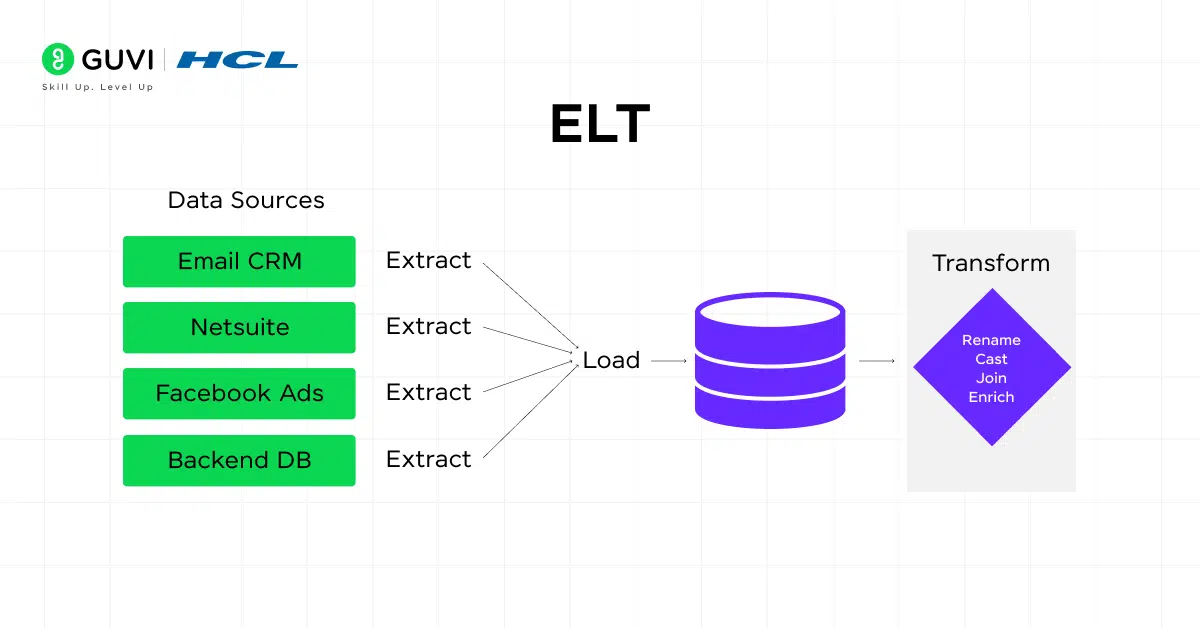
The aim is to standardize and organize the data in a way that facilitates analysis and interpretation.
Step 4: Handling Missing Data
Missing data is a common issue in real-world datasets and needs to be addressed during data wrangling. Techniques such as imputation, deletion, or prediction can be used to handle missing data effectively.
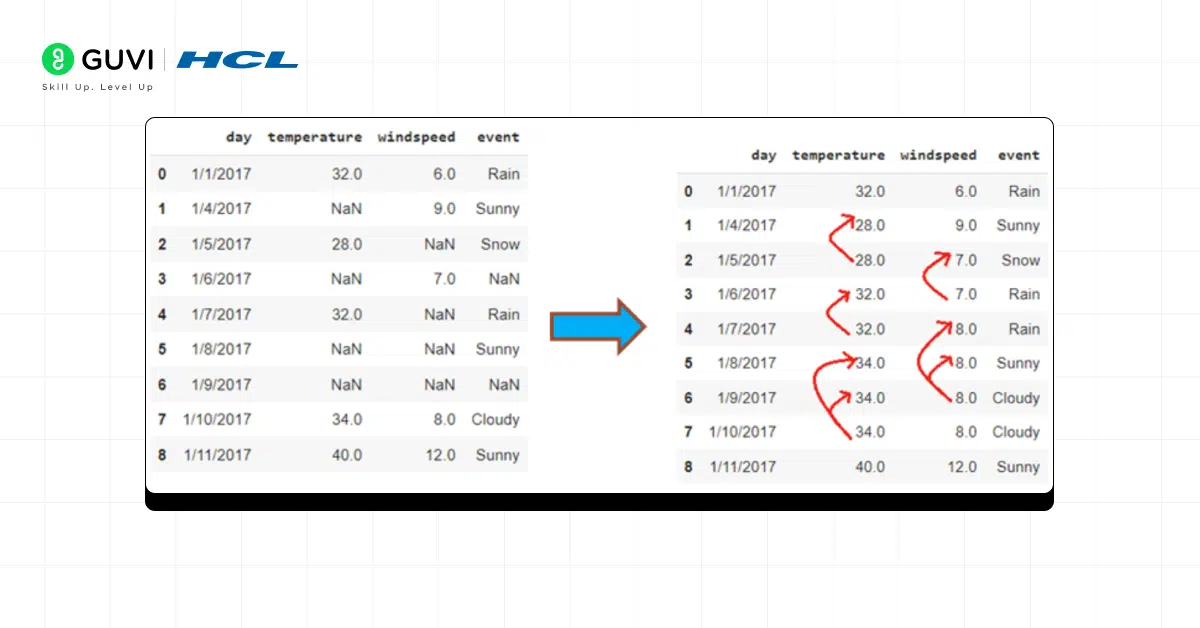
Imputation involves replacing missing values with estimated values based on statistical methods or machine learning algorithms. Deletion involves removing records or variables with missing values, while prediction uses machine learning models to predict missing values based on other variables.
Step 5: Feature Engineering
Feature engineering is the process of creating new variables or features from existing data to enhance the predictive power of machine learning models. It involves extracting meaningful information, generating interaction terms, encoding categorical variables, and scaling or transforming features.

This step plays a crucial role in improving model performance and maximizing the potential of available data.
Step 6: Data Validation and Quality Assurance
Data validation and quality assurance are essential steps to ensure the accuracy, consistency, and reliability of processed data. Validation involves checking data integrity, consistency, and completeness against predefined rules or criteria.

Quality assurance involves conducting data audits, cross-checking data against external sources, and verifying the correctness of transformations. These steps help in identifying and rectifying errors or discrepancies before proceeding to analysis.
By following these fundamental steps in data wrangling, you can ensure that the data you work with is well-prepared for deeper analysis, leading to more reliable and insightful outcomes.
Also, explore our Python Tutorial to master Python with ease.
Benefits of Proper Data Wrangling
1. Improved Data Quality
Proper data wrangling significantly enhances the quality of your data. By addressing issues such as missing values, outliers, and inconsistencies, you ensure that the data used in your analysis is accurate and reliable.
Standardizing formats, units, and structures not only improves consistency but also makes your data integration more seamless, supporting robust analysis and decision-making processes.
2. Boosting Data Usability
Data wrangling transforms raw, unstructured, or messy data into a clean, structured, and usable format. This systematic and iterative transformation is crucial for data science and analytics, as it prepares data for further exploration and modeling.
Whether you’re dealing with complex datasets or simple spreadsheets, data wrangling makes the information more accessible and easier to manipulate, thereby enhancing its usability across various applications.
3. Driving Business Insights
With data properly wrangled, your organization can extract meaningful insights and make informed business decisions based on high-quality data. Data that has been thoroughly cleaned and organized facilitates Exploratory Data Analysis (EDA), which is essential for identifying patterns, trends, and relationships that might otherwise go unnoticed.
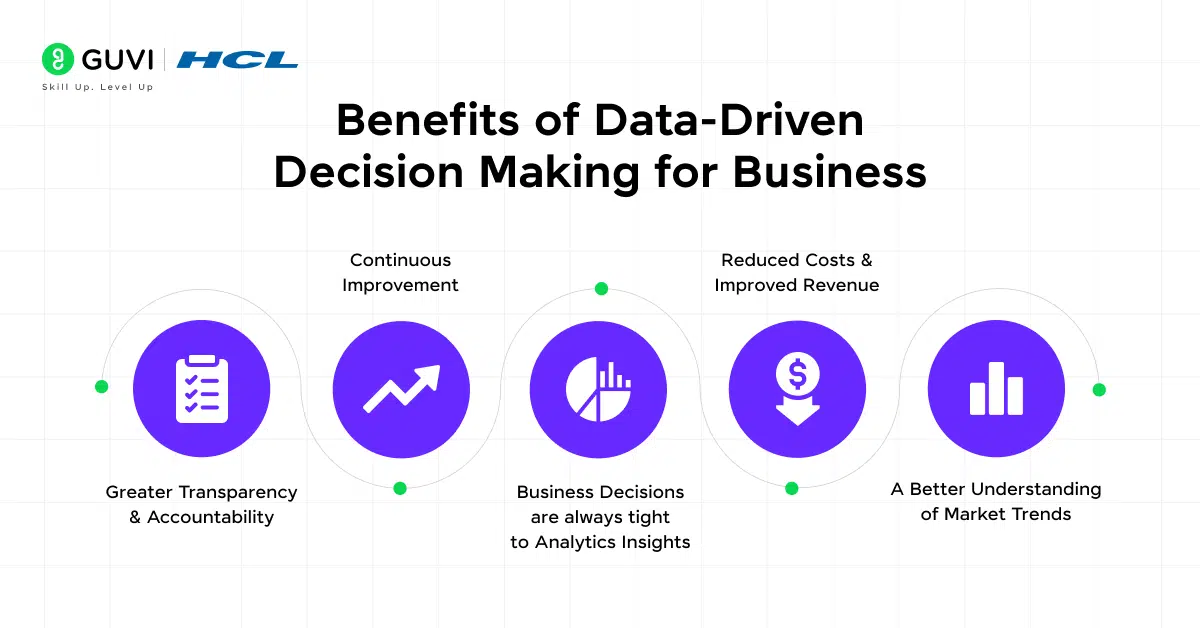
These insights drive strategic planning and can significantly influence the success of your business operations.
4. Enhancing Data Integration
Wrangling data enables the integration of information from diverse sources, providing a comprehensive view of the data landscape. This adaptability to changes in data sources or formats accommodates evolving business needs and data requirements.
By facilitating smoother data integration, organizations can leverage a unified dataset that reflects a holistic view of the operational environment, crucial for predictive analytics and strategic decision-making.
5. Time-Saving
One of the most significant benefits of proper data wrangling is the reduction in time spent preparing data for analysis.
By automating and streamlining the data cleaning and transformation processes, you free up valuable resources, allowing data scientists and analysts to focus more on deriving insights rather than managing data quality issues.
This efficiency not only speeds up the data-to-insight journey but also reduces operational costs in the long run, making it a vital practice for any data-driven organization.
By incorporating these practices into your data management strategy, you can ensure that your data is not only of high quality but also aligned with your analytical and business goals. Proper data wrangling is not just a preliminary step; it’s a continuous investment in the accuracy and reliability of your data assets.
Data Wrangling in Practice
In the realm of data wrangling, practical applications across various industries showcase the transformative power of this process. Here, you’ll discover how different sectors utilize data wrangling to enhance operational efficiency and make informed decisions.
Real-World Examples
- At the forefront of retail innovation, Walmart leverages its data science capabilities through Walmart Labs. With the world’s largest private cloud, capable of managing 2.5 petabytes of data every hour, Walmart’s Data Café analytics hub optimizes everything from inventory management to customer service. They analyze vast amounts of customer data to tailor product placements and manage stock levels efficiently.
- Similarly, Amazon employs data wrangling extensively to enhance customer experience and operational efficiency. Their recommendation systems, powered by data from 152 million customer purchases, drive 35% of the company’s sales. Amazon’s predictive pricing models ensure competitive pricing, enhancing customer satisfaction and retention.

- Netflix, another data-centric giant, uses sophisticated data wrangling to personalize viewer experiences. By analyzing viewing patterns and preferences through over 1300 recommendation clusters, Netflix not only tailors content but also optimizes release times for shows to maximize viewer engagement.
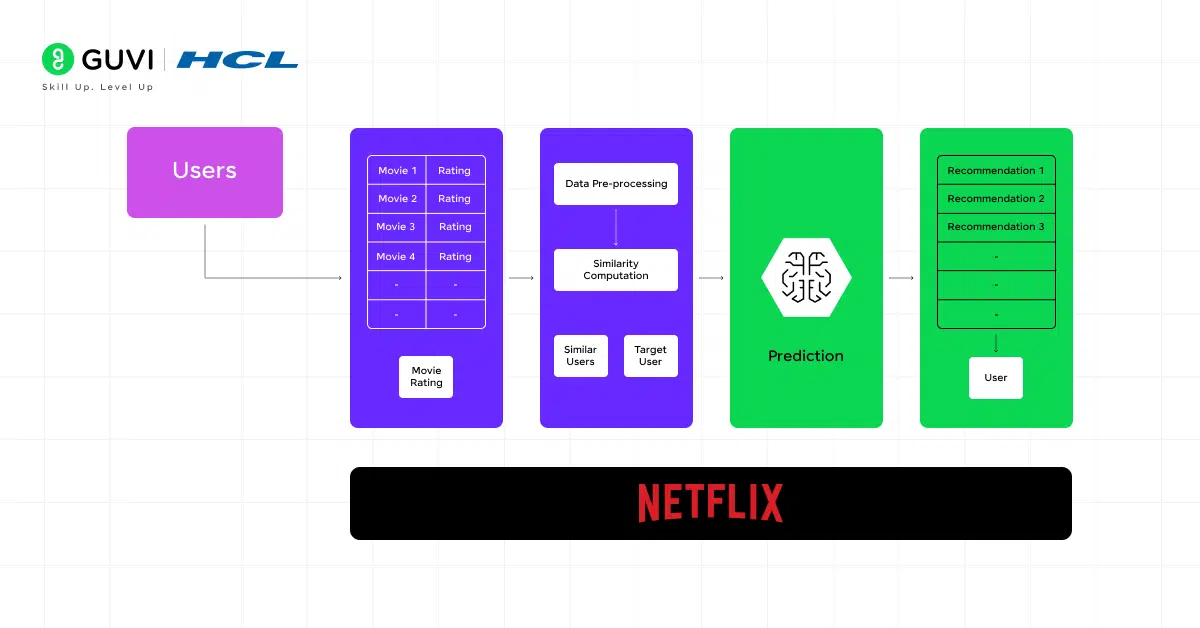
Industry Applications
In the travel industry, companies gather and wrangle data from various sources to create detailed customer segments. This data helps in dynamically adjusting prices and optimizing revenue management strategies.
- For example, analyzing historical pricing and market trends allows these companies to stay competitive and responsive to market demands.
- The healthcare sector benefits significantly from data wrangling by integrating diverse data sources like EHRs, medical imaging, and lab results. This integration facilitates comprehensive patient profiles, improving diagnosis accuracy and treatment outcomes.
- Financial institutions rely on data wrangling to consolidate data from multiple sources, such as transaction records and customer databases. This clean, organized data is crucial for identifying potential risks and preventing fraudulent activities.
- Retailers use data wrangling to merge data from POS systems, online sales, and customer interactions, enabling them to understand consumer behavior and optimize inventory management. This strategic data use helps in targeting promotions and improving customer service.
Table: Summary of Data Wrangling Applications in Various Industries
| Industry | Application of Data Wrangling |
|---|---|
| Retail | Inventory optimization, customer preference analysis |
| E-commerce | Pricing optimization, recommendation systems |
| Entertainment | Content personalization, optimal scheduling of releases |
| Travel | Dynamic pricing, revenue management optimization |
| Healthcare | Patient profile integration improved diagnostic accuracy |
| Finance | Risk assessment, fraud prevention |
| General Retail | Inventory management, targeted promotions |
These examples illustrate the critical role of data wrangling in extracting tangible benefits from raw data, enabling businesses to make strategic decisions based on robust data-driven insights.
Through the meticulous process of cleaning, transforming, and validating data, companies across sectors can harness the full potential of their data assets.
Kickstart your Data Science journey by enrolling in GUVI’s Data Science Course where you will master technologies like MongoDB, Tableau, PowerBI, Pandas, etc., and build interesting real-life projects.
Alternatively, if you want to learn Data Wrangling through a self-paced course, try GUVI’s Data Wrangling certification course.
Takeaways…
Throughout this article, we have traversed the intricate landscape of data wrangling, unfolding its fundamental steps from initial data collection and cleaning to sophisticated data transformation and validation.
It is evident from our discussion that data wrangling is not merely a preparatory step but a strategic investment in the data quality and analytical potential of organizations across various sectors.
FAQs
The steps of data wrangling include data collection, data cleaning, data transformation, data integration, data reduction, and data validation.
A task part of the data publishing step is exporting the cleaned and transformed data to a data repository or sharing it with stakeholders.
Data wrangling involves cleaning and transforming raw data into a usable format, while data mining focuses on extracting patterns and insights from the prepared data.
The steps in data cleaning include removing duplicates, handling missing values, correcting errors, standardizing formats, and filtering out irrelevant data.

















![Top 10 Mistakes to Avoid in Your Data Science Career [2025] 13 data science](https://www.guvi.in/blog/wp-content/uploads/2023/05/Beginner-mistakes-in-data-science-career.webp)




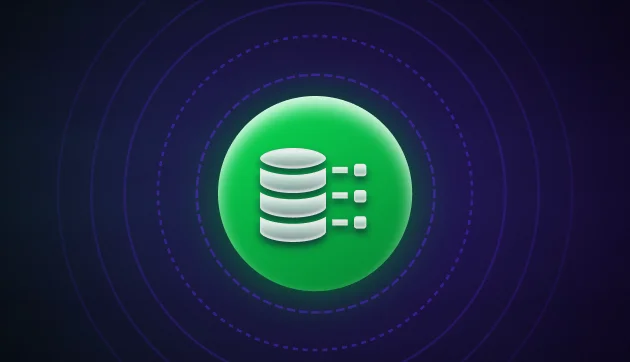


Did you enjoy this article?